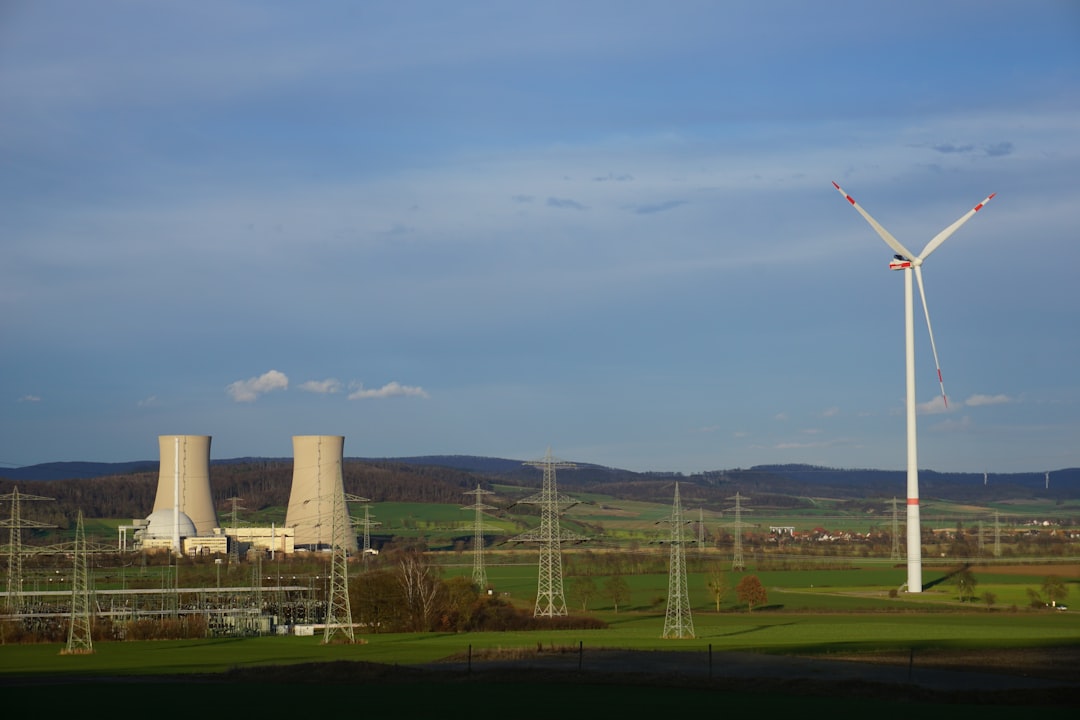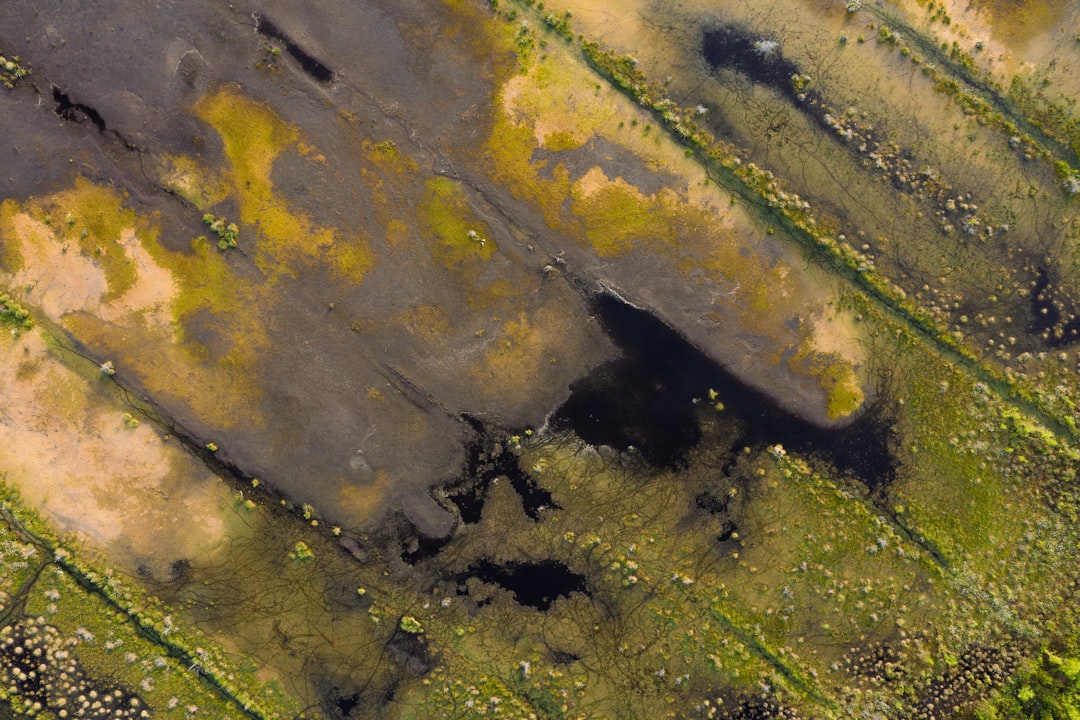What is it about?
* Pyrolytic conversion of coconut shell waste was studied using model-free and model-fitting methods. * The apparent activation energy, a measure of the energy required for the conversion process, increased as the pyrolytic conversion progressed. * The reaction model, f(a)(1-a)4[-ln(1-a)]0.53, suggested that order-based nucleation and growth mechanisms controlled the pyrolysis process. * The active pyrolysis zone consisted of overlapping multi-component degradation peaks. * The average activation energy of pseudo-components, such as dehydration, pseudo-cellulose degradation, and pseudo-hemicellulose degradation, were estimated using the Kissinger's method. * The integral model-fitting methods provided more accurate results for one-step reaction mechanisms. * Iso-conversional methods, which assume a constant reaction model at each conversion degree, were used to predict kinetic parameters. * The Friedman method was commonly used for differential analysis of the pyrolysis process. * Non-isothermal constant heating rate experiments allowed for investigation of the temperature range of interest in a single run.
Featured Image

Photo by Diomari Madulara on Unsplash
Why is it important?
* The study compares model-free and model-fitting methods for the pyrolytic conversion of coconut shell waste. * The research investigates the reaction model, f(a)(1-a)4[-ln(1-a)]0.53, which indicates order-based nucleation and growth mechanisms controlling the pyrolysis process. * The active pyrolysis zone is characterized by overlapping multi-component degradation peaks. * The study estimates the average activation energy of pseudo-components using the Kissinger's method, providing insights into the energy requirements for different stages of the pyrolysis process. * The research highlights the accuracy of integral model-fitting methods for one-step reaction mechanisms, which can contribute to improved understanding and optimization of pyrolytic conversion processes. * The comparison of model-free and model-fitting methods provides valuable insights for researchers and practitioners in the field of pyrolytic conversion, helping them choose the most accurate and reliable approach for their studies. * The investigation of the reaction model and the characterization of the active pyrolysis zone contribute to a deeper understanding of the underlying mechanisms and kinetics of coconut shell waste pyrolysis. * The estimation of activation energy for different pseudo-components offers valuable information for process optimization and design in the field of biomass conversion. * The findings of this study can attract readers interested in sustainable waste management, biomass conversion, and renewable energy production.
Read the Original
This page is a summary of: A comprehensive kinetics study of coconut shell waste pyrolysis, Bioresource Technology, July 2017, Elsevier,
DOI: 10.1016/j.biortech.2017.03.089.
You can read the full text:
Contributors
The following have contributed to this page










